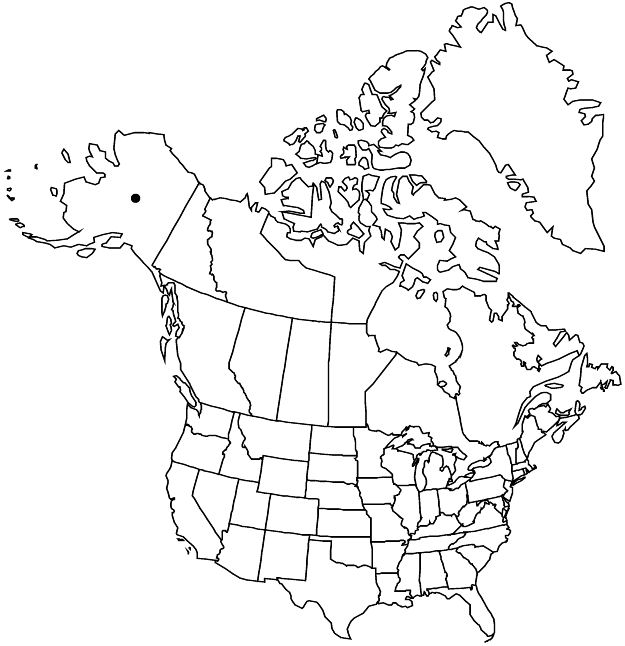Difference between revisions of "Potentilla fragiformis"
Ges. Naturf. Freunde Berlin Mag. Neuesten Entdeck. Gesammten Naturk. 7: 294. 1816.
FNA>Volume Importer |
imported>Volume Importer |
||
| Line 46: | Line 46: | ||
|publication year=1816 | |publication year=1816 | ||
|special status= | |special status= | ||
| − | |source xml=https:// | + | |source xml=https://bibilujan@bitbucket.org/aafc-mbb/fna-data-curation.git/src/bb6b7e3a7de7d3b7888a1ad48c7fd8f5c722d8d6/coarse_grained_fna_xml/V9/V9_289.xml |
|subfamily=Rosaceae subfam. Rosoideae | |subfamily=Rosaceae subfam. Rosoideae | ||
|tribe=Rosaceae tribe Potentilleae | |tribe=Rosaceae tribe Potentilleae | ||
Revision as of 00:27, 28 May 2020
Plants tufted to cushion-forming; caudex branches short, stout, diam. 1–1.5(–2) cm, including old leaf bases. Stems ascending to erect, 0.3–1.5(–2) dm, lengths 1–2 times basal leaves. Basal leaves not in ranks, ternate, (1–)4–10(–15) cm; stipules: apex acute to obtuse; petiole (0.3–)2–11(–13) cm, long hairs abundant, ascending to spreading, 1–2.3 mm, soft, glands sparse to common; leaflets 3, central obovate, 0.7–2.5 × 0.5–1.6 cm, petiolule 0–1 mm, margins revolute, not lobed, distal 1/2–2/3 evenly incised ± 1/3 to midvein, teeth 2–3(–4) per side, surfaces ± similar, green (paler abaxially), hairs common, 1–1.5 mm, glands common (sparser adaxially). Inflorescences 1–3-flowered. Pedicels straight, 0.5–2 cm in flower, to 3.5 cm in fruit. Flowers: epicalyx bractlets oblong, 3–7 × 1.2–2.5 mm, margins revolute; hypanthium 4–6 mm diam.; sepals 4–6(–7) mm, apex broadly acute to obtuse; petals yellow, 9–12 × 8–10 mm; filaments (2–)2.8–3.2 mm, anthers 0.5–0.8 mm; carpels 40–50, styles filiform, not or scarcely papillate-swollen proximally, 1.7–2 mm. Achenes 1.3–1.5. 2n = 42, 56 (Russian Far East).
Phenology: Flowering late spring–summer.
Habitat: Leymus-Potentilla sand dunes, coastal gravel bars, beach ridges
Elevation: 0–10 m
Distribution

Alaska, e Asia (Russian Far East).
Discussion
Recent collections of Potentilla fragiformis in Alaska on the coast of the Bering and Chukchi seas have confirmed historical reports (P. A. Rydberg 1908d) of this Beringian species in North America. Dwarf plants from St. Lawrence Island are somewhat intermediate to P. nana but have the larger petals and longer styles of P. fragiformis.
Selected References
None.